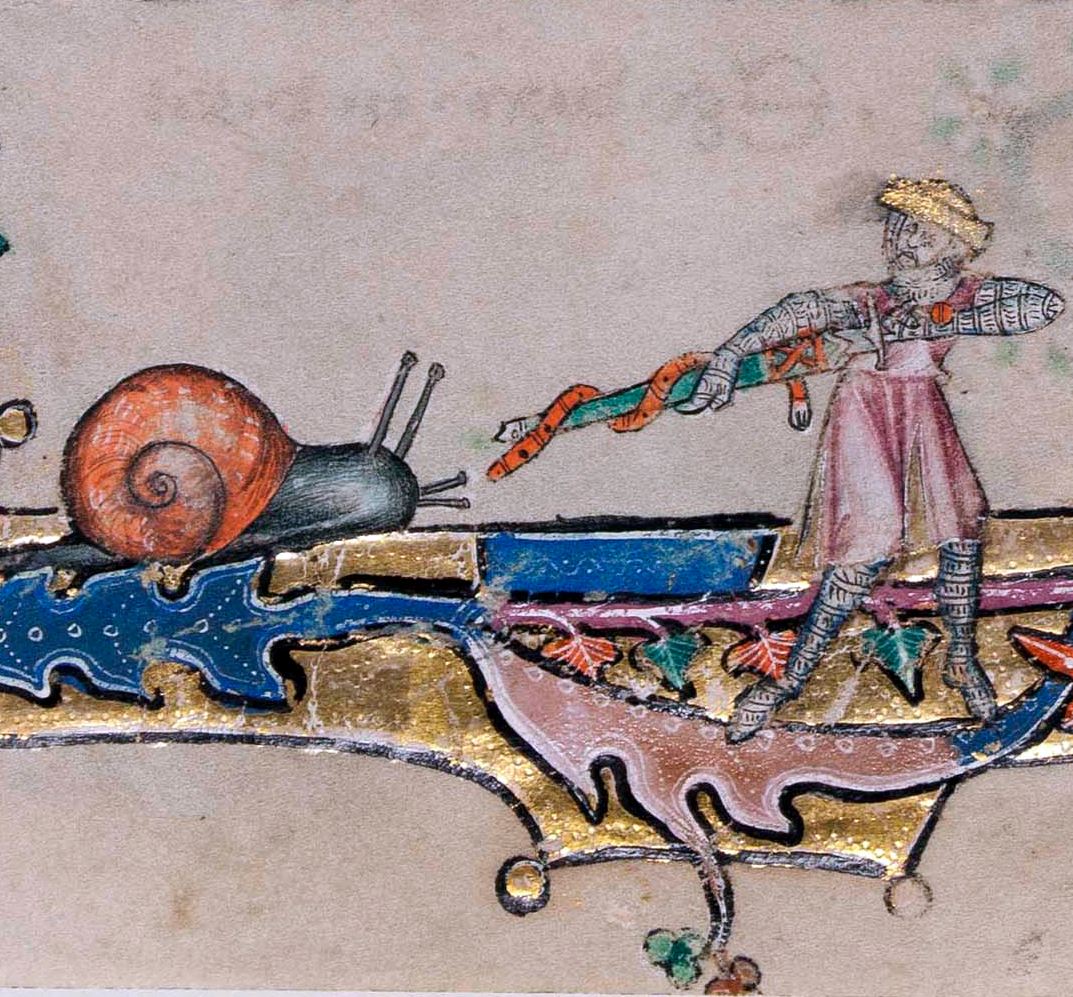 UAH V6 has finally been published (archive). Once upon a time this kind of stuff was dead exciting, but now it is just another revision of just another dataset, and no-one cares very much. The paper itself is paywalled, but RS kindly points to the submitted version.
UAH V6 has finally been published (archive). Once upon a time this kind of stuff was dead exciting, but now it is just another revision of just another dataset, and no-one cares very much. The paper itself is paywalled, but RS kindly points to the submitted version.
As DA points out, RS needs a reason why his lovely shiny new paper is in a relatively minor journal. RS's explanation is the Evil Klimate Konspiracy but I think two three other explanations are more likely. The most prosaic is that the paper simply isn't very exciting or novel; it is, as I said at the start, just another iteration of another dataset and will undoubtedly be followed by yet another iteration at some point. Another is that he quite shamelessly self-published the bloody thing two years ago. And the third and most entertaining possibility is that it's a little bit duff and he is deliberately avoiding searching review.
That third, whilst most entertaining, would require careful expert reading of the paper to determine, and naturally I'm not going to provide that. I'll offer a token though. Consider:
That these instruments are stable enough to provide a climate monitoring capability of the bulk troposphere was first demonstrated by Spencer and Christy (1990), and verified by Mears et al. (2003), producing the “UAH” and “RSS” datasets, respectively.
which does rather glide over the many flaws found in early version of UAH, as does Corrections for such effects can either be well understood and straightforward, such as the orbit decay correction which is based upon satellite instrument scan geometry and average tropospheric temperature lapse rates; or poorly understood and empirical, such as the instrument temperature effect which is quantified by comparing data from simultaneously operating satellites. These effects have been adjusted for in both the RSS and UAH datasets for many years.
I didn't read the whole thing, I hope you understand. But here's one sample minor oddity:
Unfortunately, the theoretically-based AMSU5 reference incidence angle of 34.99 deg. was found to cause... anomalously cold at very high terrain altitudes... compared to surrounding low-elevation areas. This problem was traced to a probable error in the theoretically calculated AMSU5 weighting function... To correct for this, we increased the AMSU5 reference Earth incidence angle by small amounts until the spurious effect on gridpoint trends over Greenland and the Himalayas was largely eliminated.
This seems rather kludgy: they find what they think is an error, but rather than fixing it, they fiddle with something else until, presumably by eye, it kinda looks OK.
Refs
* Now we know why UAH v6 is so late…
* “Dr” Roy Spencer is sad and lonely and wrong (part II)
* Death at UAH
* MSU ping-pong. Or Yo-yo. Or some word denoting here-and-then-not-here
* S+C/UAH MSU temperature trend now 0.12 oC/decade
* More satellite stuff, including explanations, a bit

WC writes: "This seems rather kludgy: they find what they think is an error, but rather than fixing it, they fiddle with something else until, presumably by eye, it kinda looks OK."
This may be true, but the move to gridpoint trends would seem to be an improvement. It also eliminated the need for limb correction per se.
I can't speak to whether theory or implementation were done correctly, but I do find the resulting large reduction in Arctic trends from V5.6 to V6 rather odd and likely to be in disagreement with most other measures of Arctic temps over the past 40 years.
OP:
I haven't read the paper either, but isn't that the most parsimonious hypothesis going in?
Hm, no more NASA funding for Earth science.
But NASA has been told to find God:
"For the first time, Congress also added "the search for life's origin, evolution, distribution, and future in the universe" to NASA's official purpose."
https://www.newscientist.com/article/2124102-nasas-new-budget-is-big-on…
To avoid confusing Woy with other RS 's in these parts, try adding one of his distinguishing honorifics , like
Outstanding Evangelical Climate Scieniist
Yawn.
Eli will provide another reason:
NASA policy requires that data sets be published in a peer reviewed journal before they can be used. The same may be true for NOAA.
Moreover, if a grant renewal is coming up Roy and John need a couple of publications based on the new software (well, this one won't count so much).
I've been perusing papers on global data set revisions (ERSSTv4, RSSv3.3 etc) and thought it was normal practice to publish the methods. NOAA use UAH data. Does NOAA require publication of the methods behind a new data set version before they incorporate it?
it ain't NOAA data until there is a Batesean Climate Data Record and there ain't one for 6.0 (took forever for 5.4)